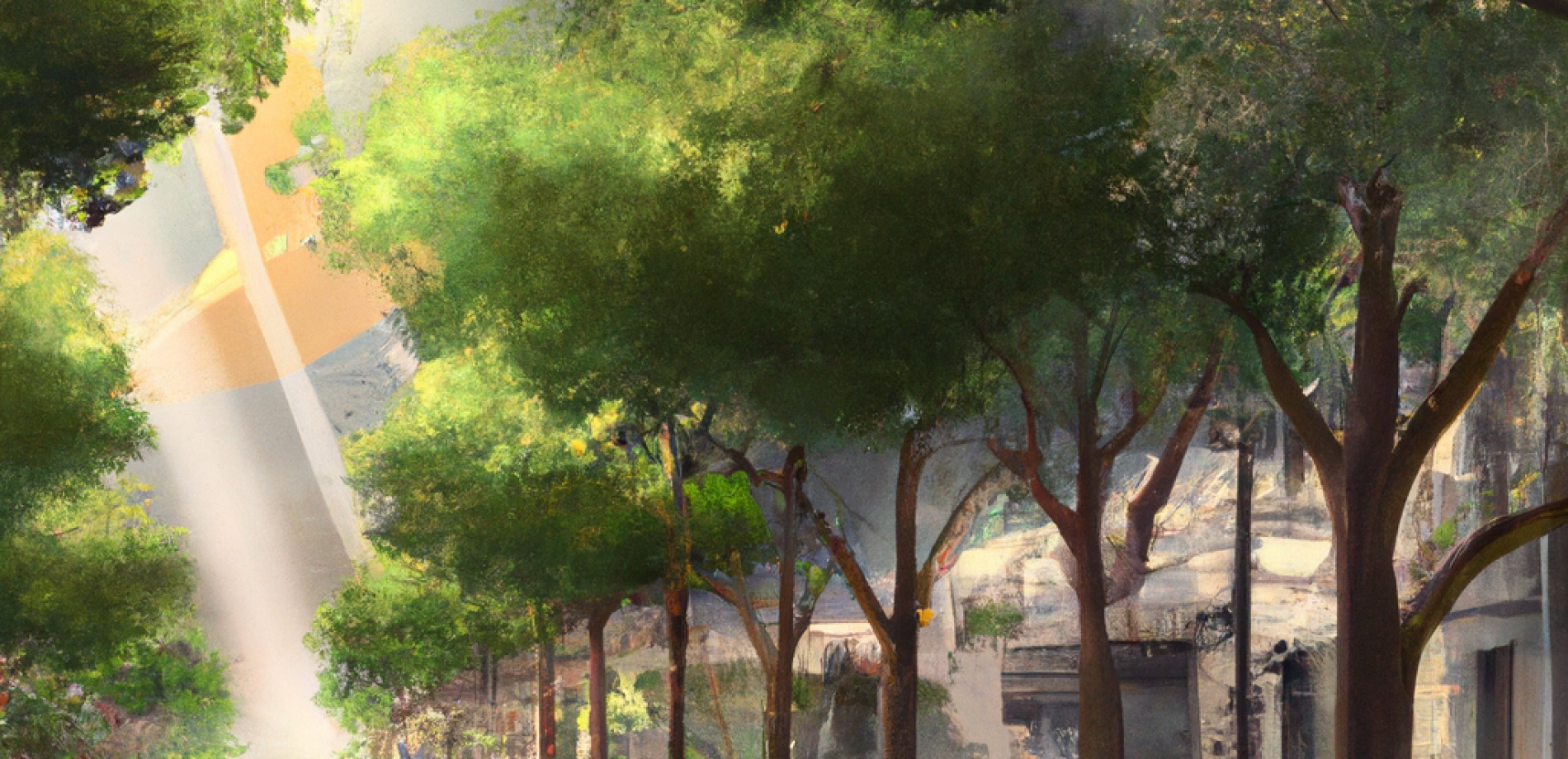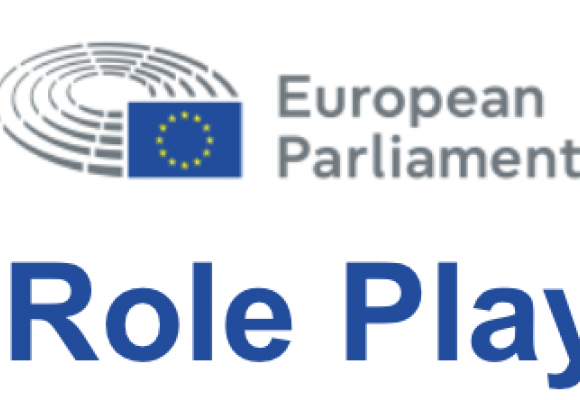Utopian Visioning
The aim of the project
Henri Lefebvre wrote of a future city turned upside down. What would Tallinn look like if power was inverted? What if those who now have the least influence could shape Tallinn’s future? How different would the city look like if needs and interests were prioritised… instead of the 1%?
We want to share the visions of those often left out of the big decisions made that shape Tallinn. Here, the city is understood to be more than just hard infrastructure of buildings and streets, but the soft infrastructure of culture and policy that determines how people inhabit a city. This project targets everyone whose needs and interests have been neglected. This could include women, children, people on low income, people with reduced mobility, migrants and the precariat.
Visions from such people may help us spark a larger public conversation about the future direction of Tallinn. These visions may expand our imagination of what Tallinn could and should be. Collectively, these visions may offer a counter-narrative to promote a more inclusive city: a version of Tallinn that promotes justice for everyone — including the more-than-human world
We need to galvanise the political will for change. This project may be one small way to help do that.
Project members
All three teams are presenting together — two workshop teams and one video team.
Video link:
https://drive.google.com/file/d/1rHNhZd0h0Nx-u0aCduSYpgwl1uYXREzv/view?usp=drivesdk









